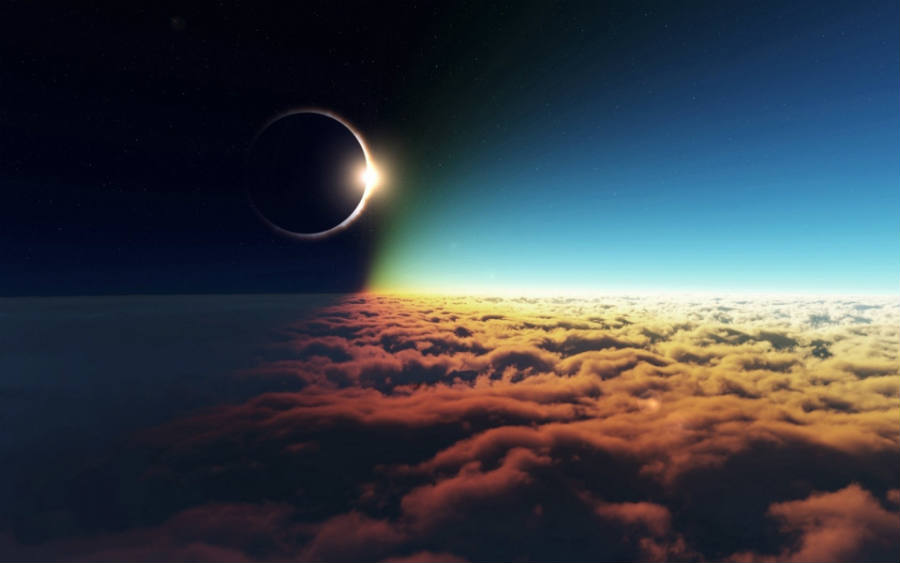Exactly one year from today on Monday, on August 21, 2017, 12 states of the United States will be able to experience the first total solar eclipse the country has seen in decades at its fullest. The “Great American Total Solar Eclipse”, as the media has dubbed it, will be the first event of its kind to happen on American soil since 1979, nearly 40 years ago.
Moreover, the total solar eclipse will be the first to be seen across the country by people from coast to coast since 1918, almost a century ago. On top of that, the unique astronomic event will be the first ever to be visible exclusively in the United States since the country’s foundation in 1776.
While eclipses of all kinds are predictable with accuracy due to the celestial bodies’ orbits, a clearly visible total eclipse of the Sun is still a rare happening.
Like all solar eclipses, a total solar eclipse happens when the moon passes between the Earth and the Sun, effectively blocking our view of the main star in our galaxy. However, for a solar eclipse to be considered total, the moon has to block the solar disk completely as it will happen on August 21, 2017.
Where and how to see the “Great American Solar Eclipse”
With the date already marked on the calendar, picking the ideal location is just one of the many things people need to do. There are also some precautions to take into account when it comes to events of this nature
For instance, and especially when talking about solar eclipses, it is not advisable to look directly at the sun, even though it may seem safe given the moon reduces its intense brightness. Failing to protect the eyes properly can result in severe damage. To safely observe this event, spectators can view the eclipse indirectly or purchase properly filtered glasses to avoid any harmful effects.
The totality zone, the area in which the moon will completely block the Sun’s surface, will span 12 states from coast to coast. The unique eclipse will start on the West Coast, being first observed in the state of Oregon, passing through Idaho, Wyoming, Nebraska, Kansas, Missouri, Illinois, Kentucky, Tennessee, Georgia, North Carolina, and finally South Carolina.
The duration of totality during the “Great American Solar Eclipse” will depend on where people go to observe it, ranging from 2 minutes to the Oregon coast to 2 minutes and 41.6 seconds in the forests of Illinois.
Organizations and enthusiast are already organizing mass observing events, as Oregon prepares the pioneering Oregon Solar Fest sponsored by NASA and Ford to receive the once-in-a-lifetime eclipse. Other states and locations are also preparing for massive waves of tourists and astronomy enthusiasts next summer.
The most recent upcoming eclipse for Americans will be a penumbral lunar eclipse on February 10 next year, while the next total solar eclipse visible from the United States will happen on April 8, 2024.
Source: Space.com





